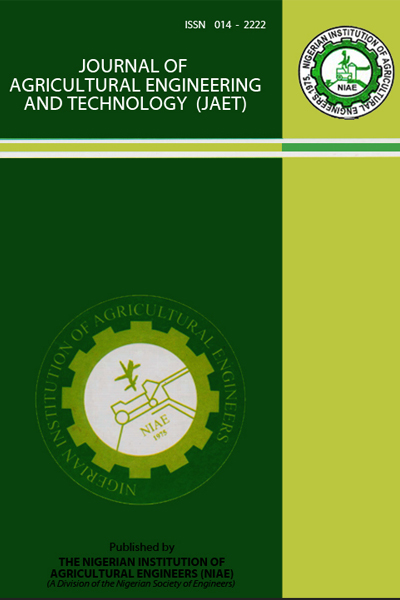PYROLYSIS CHARACTERISTICS AND KINETICS OF OIL PALM BIOMASS: A PATHWAY TO PRODUCING ENGINEERED BIOCHAR
Keywords:
Oil palm biomass, pyrolysis, devolatilization rates, activation energy, reaction mechanismAbstract
Biochar produced from oil palm biomass has been demonstrated to be effectively utilized in energy, soil amendment, wastewater treatment, catalyst and composting applications. However, the industrial development of biochar plants for specific biomass requires an adequate description of the pyrolysis process of the feedstock. Knowledge of biomass devolatilization characteristics and kinetics may describe the pyrolysis process adequately, which would be needed for the proper industrial process design and optimization. Therefore, in this review, the thermal degradation characteristics and pyrolysis kinetics of oil palm biomass residues are discussed to reveal important influential factors and pyrolysis reaction mechanisms. The findings from the literature indicate that the main devolatilization temperature range and the overall reactivity are 352 to 380 °C and 0.360 mg min-1 °C-1 for kernel shell, 336 to 360 °C and 0.270 mg min-1 °C-1 for mesocarp fiber, and 329 to 356 °C and 0.530 mg min-1 °C-1 for empty fruit bunch. The kinetic parameters for the consecutive reactions model suggest that the ease to commence pyrolysis reaction was in the following order: frond < kernel shell < mesocarp fiber < empty fruit bunch. The percentage biochar yield for the residues was higher than 23 wt.% under slow pyrolysis conditions and the tendency of obtaining high biochar yield followed this order: kernel shell > mesocarp fiber > empty fruit bunch > trunk > frond. The tendency for high biochar yield could be attributed to the proportion of lignin content which slowly decomposes over a wide temperature range. The treatment temperatures of 400, 500, and 600 °C are adequate to carbonize the oil palm biomass residues for producing biochars suitable for use as biofuels, activated carbon, and reducing agent, respectively.


